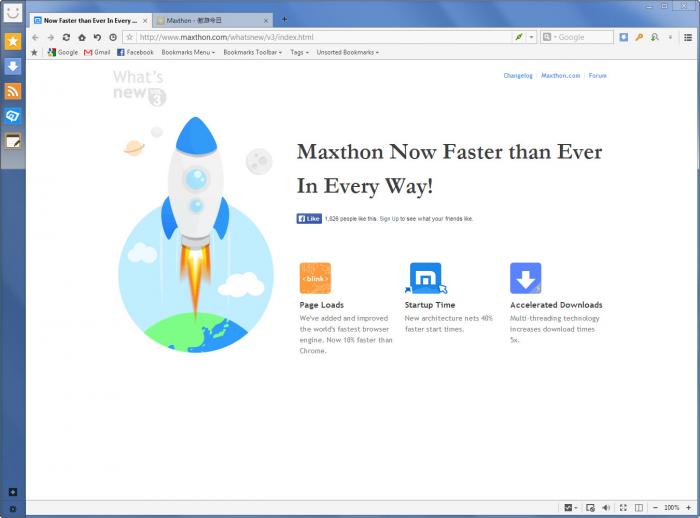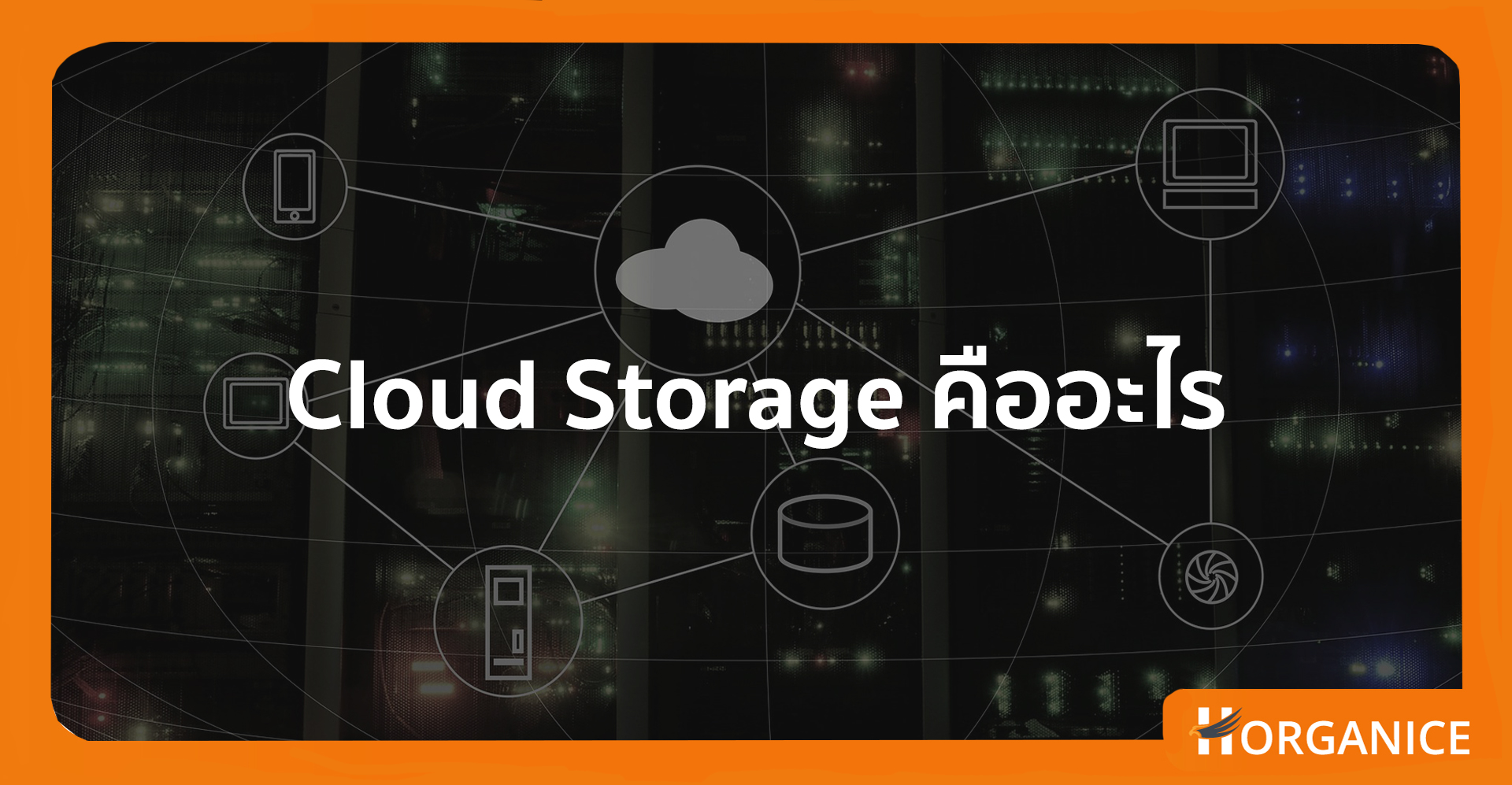
#Cloud browse for windows upgrade
If you are deploying Hybrid Azure AD or Azure AD join, you must upgrade to Windupdate. To enable seamless SSO on a specific Active Directory forest, you need to be a domain administrator. To use the Staged Rollout feature, you need to be a Hybrid Identity Administrator on your tenant. Note- when using SSPR to reset password or change password using MyProfile page while in Staged Rollout, Azure AD Connect needs to sync the new password hash which can take up to 2 minutes after reset. If you plan to use Azure AD Multi-Factor Authentication, we recommend that you use combined registration for self-service password reset (SSPR) and Multi-Factor Authentication to have your users register their authentication methods once. You have configured all the appropriate tenant-branding and conditional access policies you need for users who are being migrated to cloud authentication. For more information, see What is seamless SSO.įor Windows 10, Windows Server 2016 and later versions, it’s recommended to use SSO via Primary Refresh Token (PRT) with Azure AD joined devices, hybrid Azure AD joined devices or personal registered devices via Add Work or School Account.

For more information, see Overview of Azure AD certificate-based authenticationįor both options, we recommend enabling single sign-on (SSO) to achieve a silent sign-in experience.įor Windows 7 or 8.1 domain-joined devices, we recommend using seamless SSO.

Your current server offers certain federation-only features.īefore you try this feature, we suggest that you review our guide on choosing the right authentication method.You're using smart cards for authentication.

You're currently using an on-premises Multi-Factor Authentication server.Before you begin the Staged Rollout, however, you should consider the implications if one or more of the following conditions is true:
#Cloud browse for windows how to
This article discusses how to make the switch. Staged Rollout allows you to selectively test groups of users with cloud authentication capabilities like Azure AD Multi-Factor Authentication (MFA), Conditional Access, Identity Protection for leaked credentials, Identity Governance, and others, before cutting over your domains.


 0 kommentar(er)
0 kommentar(er)
